Are blow up tents worth it?
1.Introduction:
The evolution of camping gear has introduced innovative solutions to age-old challenges, and inflatable tents have emerged as a prime example of this transformation. The question on many campers’ minds is, “Are blow-up tents worth it?” In this article, we delve into the strength and reliability of inflatable tents, dispelling misconceptions and shedding light on their practicality in the world of camping.
2.Air-Filled Fortitude:
The concept of inflatable tents may raise eyebrows among those accustomed to the stability of traditional tents supported by poles. However, inflatable tents have proven themselves to be remarkably robust and durable. The key to their strength lies in the use of inflatable beams, which replace conventional poles, creating a framework that stands tall and firm even in challenging conditions.
3.Withstanding the Elements:
A common concern when evaluating the worth of inflatable tents is their ability to withstand the elements, especially strong winds. Contrary to assumptions, inflatable tents are designed to handle adverse weather conditions. These tents often come equipped with reinforced air beams that provide structural integrity, ensuring they can stand up to the forces of nature. Additionally, they come with guy ropes and pegs for anchoring, providing stability even in windy environments.
4.Guy Ropes and Pegs:
Much like traditional tents, inflatable tents are secured to the ground using guy ropes and pegs. These essential accessories play a crucial role in anchoring the tent, providing stability and preventing it from being dislodged by wind or other external factors. The inclusion of these familiar components ensures that inflatable tents remain securely grounded, dispelling any doubts about their reliability.
5.Ease of Setup:
Inflatable tents boast a quick and straightforward setup process, contributing to their appeal for campers seeking efficiency. The inflatable beams can be rapidly filled with air, eliminating the need for assembling and disassembling poles. The ease of setup not only saves time but also reduces the chances of setup-related errors, ensuring a hassle-free camping experience.
6.Materials Matter:
The strength and reliability of inflatable tents are heavily influenced by the quality of materials used in their construction. High-quality fabrics and reinforced seams contribute to the overall robustness of these tents, ensuring they can withstand wear and tear over time. Manufacturers prioritize materials that offer durability and resilience, providing campers with a reliable shelter for their outdoor adventures.
7.Real-World Endorsements:
As inflatable tents gain popularity, real-world testimonials from campers attest to their strength and reliability. Many users report positive experiences with inflatable tents, citing their durability during inclement weather and ease of setup as significant advantages. These endorsements offer valuable insights for potential buyers, dispelling any doubts about the practicality of inflatable tents.
8.Conclusion:
Inflatable tents have proven to be a worthy and reliable addition to the array of camping gear available today. The misconception that air-filled tents lack strength is dispelled by their ability to withstand strong winds and adverse weather conditions. Equipped with familiar components like guy ropes and pegs, inflatable tents offer a secure and stable camping experience. As more campers embrace the convenience and dependability of inflatable tents, it becomes evident that these air-filled shelters are indeed worth the investment, providing a comfortable and reliable home away from home in the great outdoors.
Can you use an electric pump to blow up an air tent?
1.Introduction:
Camping enthusiasts know that the key to a successful outdoor adventure lies in efficient and stress-free setup. As technology continues to weave its way into the world of camping gear, one innovation that stands out is the use of electric pumps for inflating air tents. In this article, we explore the convenience of using a 12V electric pump, particularly the Sevylor 12V Pump, to simplify the process of pitching air tents and awnings.
2.Revolutionizing Setup with Electric Pumps:
Setting up a traditional tent often involves wrestling with poles and dealing with intricate assembly steps. In contrast, air tents have redefined the camping experience by introducing inflatable beams that replace conventional poles. To further streamline the process, electric pumps have become invaluable tools for effortlessly inflating these tents, saving time and reducing the physical effort required.
3.The Sevylor 12V Pump: Tried, Tested, and Affordable:
Among the various electric pumps available, the Sevylor 12V Pump has gained recognition for its reliability, efficiency, and affordability. Manufactured by Sevylor, a company with a long history in producing inflatable boats and canoes, this pump has been tried and tested in diverse outdoor environments. Its durability and cost-effectiveness make it a preferred choice for campers looking to enhance their camping setup experience.
4.Cost-Effective Alternative to Manufacturer-Produced Pumps:
One of the notable advantages of the Sevylor 12V Pump is its affordability compared to 12V pumps produced by tent or awning manufacturers. While specialized pumps may come with brand-specific features, the Sevylor option offers a budget-friendly alternative without compromising on quality or performance. This cost-effectiveness makes it an attractive choice for campers seeking value without sacrificing reliability.
5.Streamlined Design for User-Friendly Operation:
The Sevylor 12V Pump features a user-friendly design that aligns with the brand’s reputation for creating inflatable watercraft. The pump’s construction reflects years of expertise, ensuring it is well-made and easy to use. The streamlined design contributes to a hassle-free setup process, allowing campers to inflate their air tents and awnings efficiently.
6.Versatile Application Beyond Air Tents:
While specifically designed for inflating air tents and awnings, the Sevylor 12V Pump offers versatility in its application. Campers can use this pump for various inflatable items, such as air mattresses, inflatable furniture, and water toys. The adaptability of the pump adds to its overall value, making it a multipurpose tool for camping and outdoor activities.
7.Ensuring a Reliable Camping Experience:
The Sevylor 12V Pump plays a crucial role in ensuring a reliable camping experience. The ability to quickly and effortlessly inflate air tents and awnings contributes to a stress-free setup, allowing campers to focus on enjoying the great outdoors. The pump’s proven durability and cost-effectiveness make it an investment that enhances the overall convenience of camping.
8.Conclusion:
The use of a 12V electric pump, such as the Sevylor 12V Pump, has become a game-changer in the camping world, simplifying the setup of air tents and awnings. With a focus on affordability, reliability, and user-friendly design, this pump offers campers a cost-effective alternative to manufacturer-produced options. As camping gear continues to evolve, innovations like electric pumps underscore the commitment to enhancing the camping experience, making it more accessible and enjoyable for outdoor enthusiasts.
Do air tents leak?
1.Introduction:
Camping in air tents has become increasingly popular due to their quick setup and innovative design featuring inflatable beams. However, concerns about potential leaks and condensation inside these tents may linger in the minds of campers. In this article, we delve into the factors that contribute to condensation in air tents, helping campers understand and manage this common occurrence.
2.The Nature of Condensation:
Condensation is a natural phenomenon that occurs when warm air meets a colder surface. Inside air tents, the inflatable beams can experience temperature variations, especially during the evening when temperatures drop. The air inside the beams, being at a different temperature, can lead to condensation forming on the inner surface of the tent fabric or pooling at the base of the beams.
3.Temperature Differences Inside the Tent:
As day turns to night, the air inside the tent beams may cool down, leading to a temperature differential between the air inside the beams and the surrounding environment. This temperature difference can result in the formation of condensation. It’s important for campers to recognize that condensation is not a sign of a leak but a natural occurrence influenced by the temperature variations inside and outside the tent.
4.Pooling at the Base of the Beams:
Another common observation in air tents is the pooling of water at the base of the beams. This phenomenon is often mistaken for a leak, causing concern among campers. However, in most cases, the pooling is a result of condensation accumulating at the bottom of the inflatable beams. Understanding that this is a typical occurrence can alleviate worries and help campers distinguish between condensation and a genuine leak.
5.Damp Rising up the Beams:
Campers may also notice dampness rising up the beams, particularly if it is present on all beams. This, too, is most likely a result of condensation rather than a leak. Consistent dampness along the beams suggests that it is related to the natural temperature variations inside the tent. Recognizing this as a common feature of air tents allows campers to take preventive measures and better manage their camping environment.
6.Mitigating Condensation Issues:
While condensation is a natural occurrence, campers can take steps to mitigate its impact. Adequate ventilation is key to managing condensation inside the tent. Keeping windows and vents open during the day and utilizing built-in ventilation features allows for better airflow, reducing the likelihood of condensation forming on the inner surfaces of the tent.
7.Choosing Campsites Wisely:
Campsite selection can also influence condensation levels inside the tent. Choosing a well-ventilated location with good air circulation can help minimize condensation. Avoiding low-lying areas or places prone to temperature inversions, where cold air may settle, can contribute to a drier camping environment.
8.Understanding the Difference Between Condensation and Leaks:
It’s crucial for campers to distinguish between condensation-related occurrences and genuine leaks. While condensation is a common and manageable aspect of camping in air tents, leaks can compromise the tent’s integrity. Regular inspections, prompt identification of issues, and proper maintenance contribute to a positive camping experience.
9.Conclusion:
Condensation in air tents is a common occurrence influenced by temperature differentials inside and outside the tent. Understanding the nature of condensation helps campers differentiate between normal tent behavior and potential issues. By embracing proper ventilation practices, selecting suitable campsites, and recognizing the difference between condensation and leaks, campers can enjoy the benefits of air tents without unnecessary concerns about moisture-related phenomena.




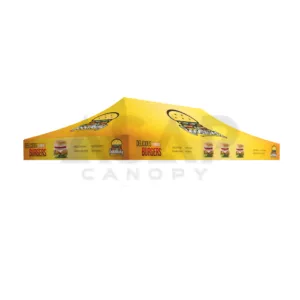
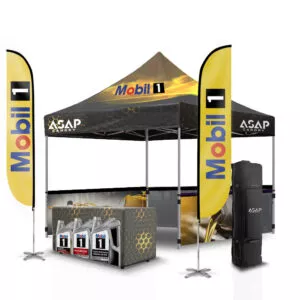
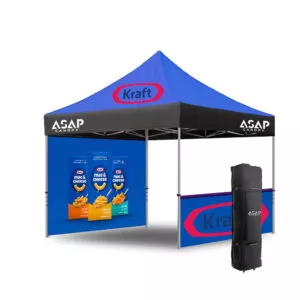
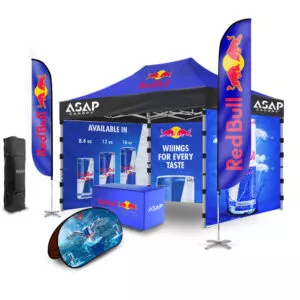
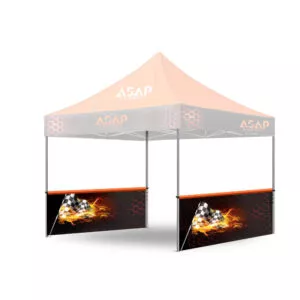

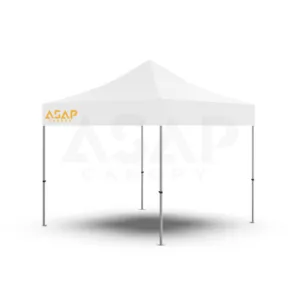
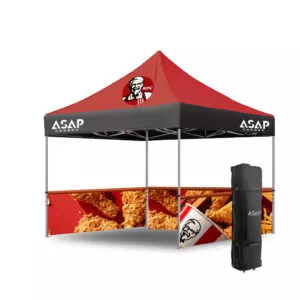

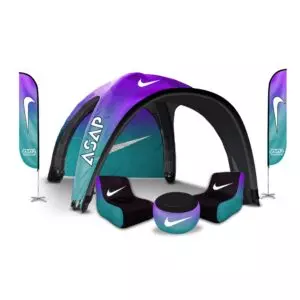
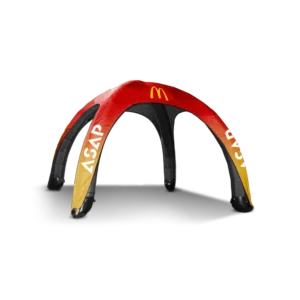

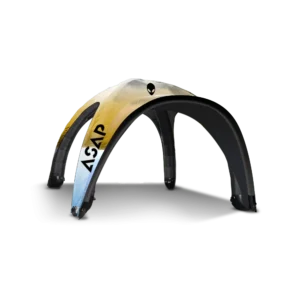


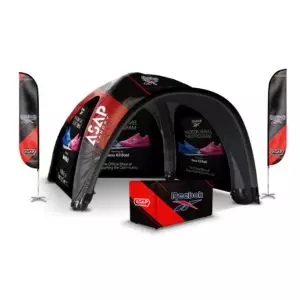

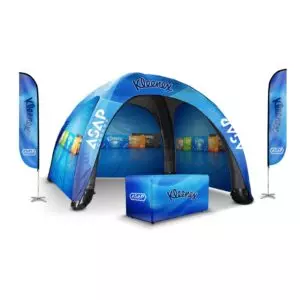

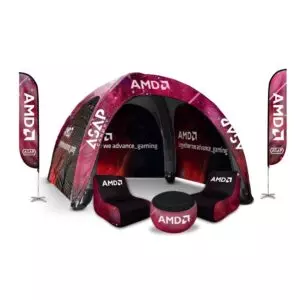
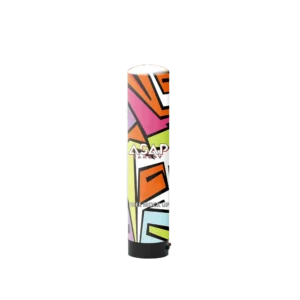



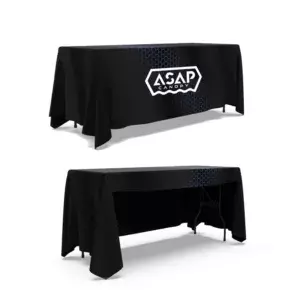

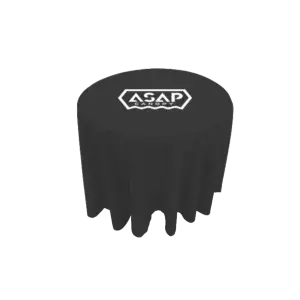
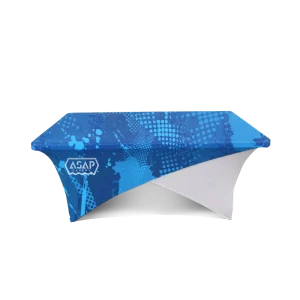
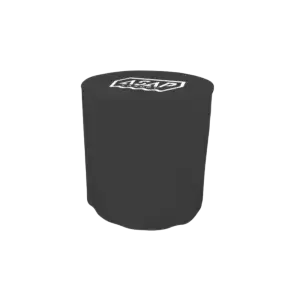
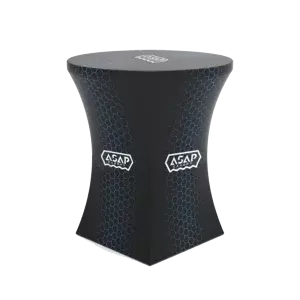
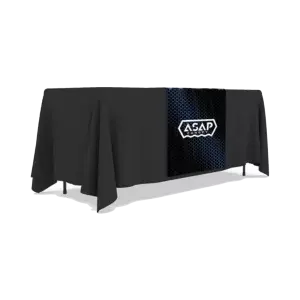

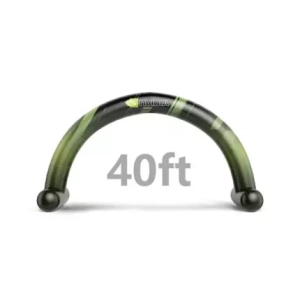
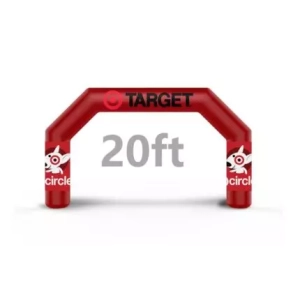
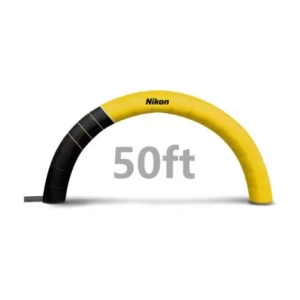

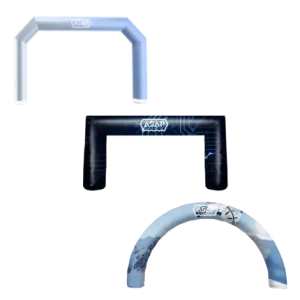
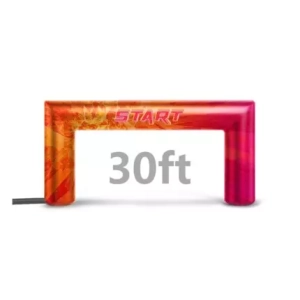




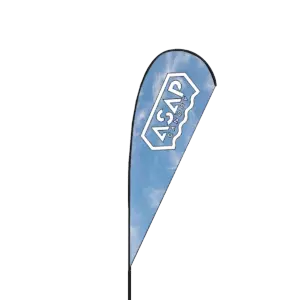








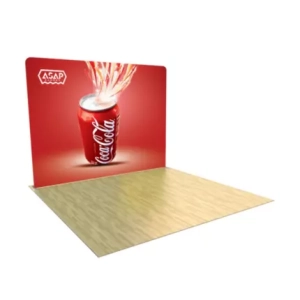





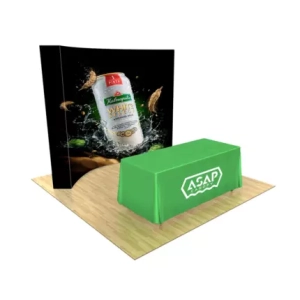





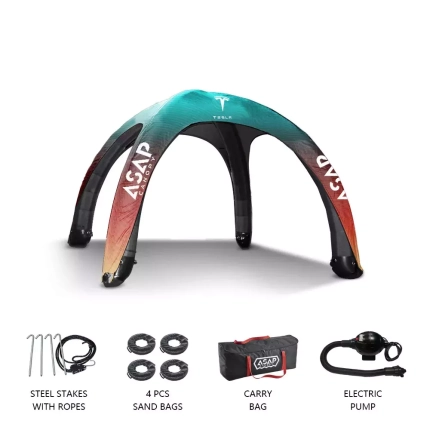


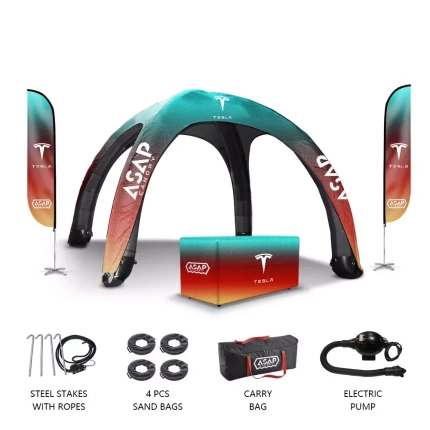
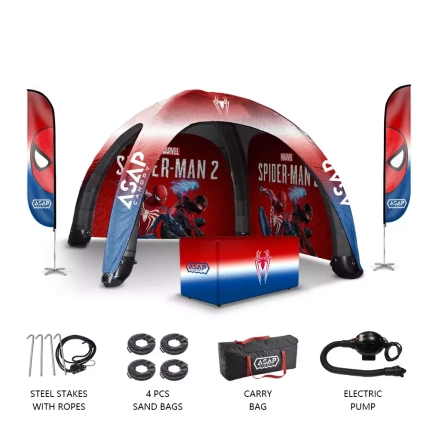
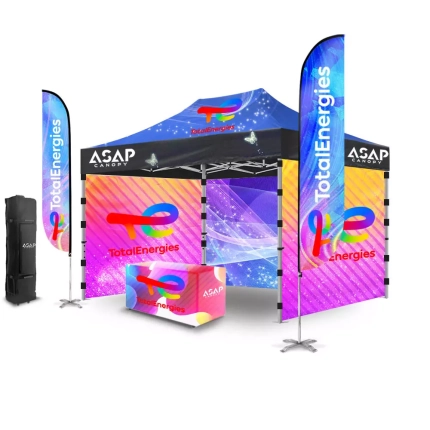
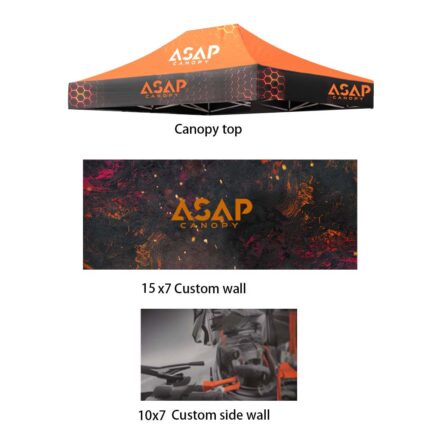
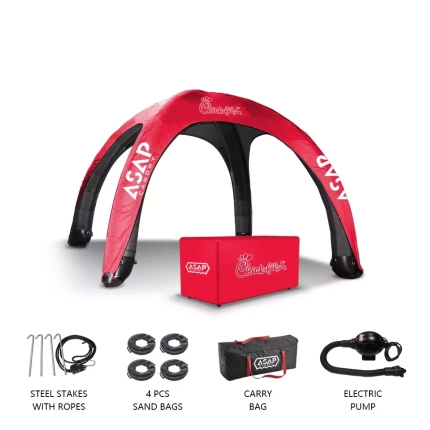




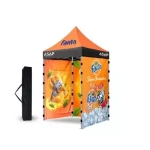 5×5 Pop Up Tent
5×5 Pop Up Tent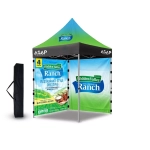 6.5×6.5 Pop Up Tent
6.5×6.5 Pop Up Tent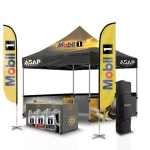 10×10 Canopy Tent
10×10 Canopy Tent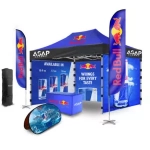 10×15 Canopy Tent
10×15 Canopy Tent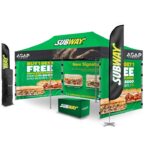 10×20 Canopy Tent
10×20 Canopy Tent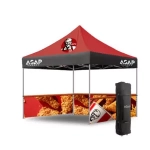 Canopy Options
Canopy Options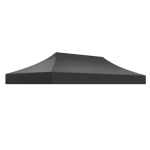 Blank Canopy Top
Blank Canopy Top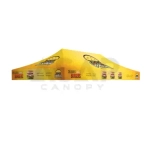 Canopy Top
Canopy Top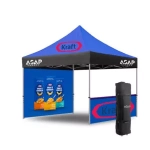 Canopy Walls
Canopy Walls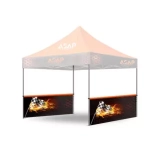 Canopy Side Skirt
Canopy Side Skirt Blank Canopy
Blank Canopy Blank Canopy Kit
Blank Canopy Kit
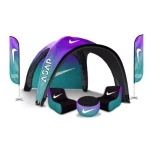 Inflatable Canopy Tents 10×10
Inflatable Canopy Tents 10×10 Inflatable Canopy Tents 13×13
Inflatable Canopy Tents 13×13 Inflatable Canopy Tents 16×16
Inflatable Canopy Tents 16×16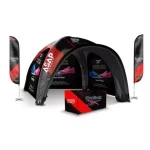 Inflatable Canopy Tents 20×20
Inflatable Canopy Tents 20×20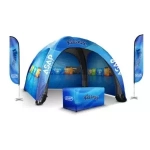 Inflatable Canopy Tents 23×23
Inflatable Canopy Tents 23×23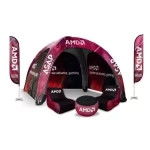 Inflatable Canopy Tents 26×26
Inflatable Canopy Tents 26×26 Inflatable Spider Tents
Inflatable Spider Tents Inflatable Dome Tents
Inflatable Dome Tents Inflatable Eclipse Tents
Inflatable Eclipse Tents Inflatable Party Tent
Inflatable Party Tent Inflatable Furniture
Inflatable Furniture Inflatable Pillar
Inflatable Pillar
 Single Pole Star Tents
Single Pole Star Tents Double Pole Star Tents
Double Pole Star Tents
 15FT Inflatable Arches
15FT Inflatable Arches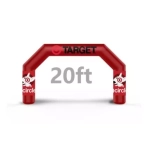 20FT Inflatable Arches
20FT Inflatable Arches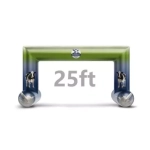 25FT Inflatable Arches
25FT Inflatable Arches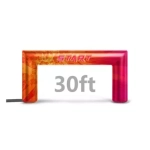 30FT Inflatable Arches
30FT Inflatable Arches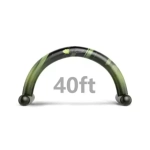 40FT Inflatable Arches
40FT Inflatable Arches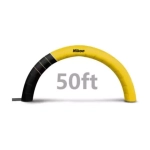 50FT Inflatable Arches
50FT Inflatable Arches Custom Constant Arches
Custom Constant Arches Custom Sealed Arches
Custom Sealed Arches
 Fitted Table Covers
Fitted Table Covers Stretch-Fit Table Covers
Stretch-Fit Table Covers Loose Table Throws
Loose Table Throws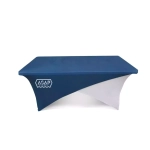 Cross-Over Stretch-Fit Table Cover
Cross-Over Stretch-Fit Table Cover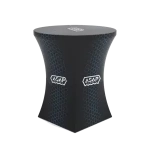 Round Stretch-Fit Table Cover
Round Stretch-Fit Table Cover Blank Table Throws
Blank Table Throws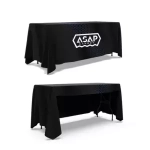 3-Sided Loose Table Throw
3-Sided Loose Table Throw Round Fitted Table Covers
Round Fitted Table Covers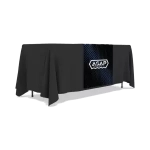 Table Runners
Table Runners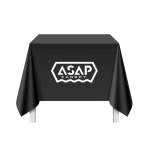 Square Table Covers
Square Table Covers
 Feather Flags
Feather Flags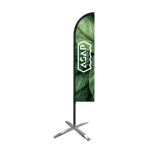 Blade Flags
Blade Flags Feather Banner
Feather Banner Blade Banner
Blade Banner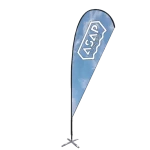 Teardrop Flags
Teardrop Flags Teardrop Banner
Teardrop Banner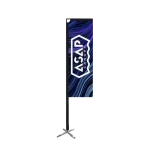 Rectangle Flags
Rectangle Flags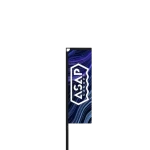 Rectangle Banner
Rectangle Banner Mesh Event Banners
Mesh Event Banners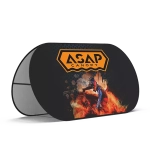 Pop Out Banner Horizontal
Pop Out Banner Horizontal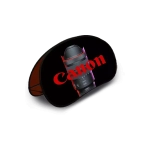 Pop-Out Banner Vertical
Pop-Out Banner Vertical
 Trade Show Display
Trade Show Display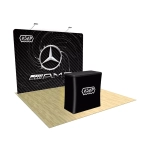 Trade Show Display Kit
Trade Show Display Kit Pop Up Trade Show Display
Pop Up Trade Show Display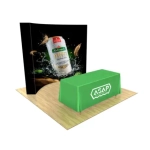 Pop Up Trade Show Display Deluxe Kit
Pop Up Trade Show Display Deluxe Kit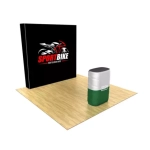 Pop Up Trade Show Display Kit
Pop Up Trade Show Display Kit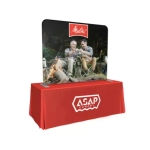 TableTop Displays Kit
TableTop Displays Kit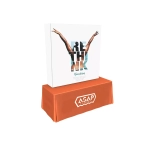 Pop Up Tabletop Display Kit
Pop Up Tabletop Display Kit Pop Up Tabletop Display
Pop Up Tabletop Display Tabletop Display
Tabletop Display Straight Trade Show Exhibit Booth
Straight Trade Show Exhibit Booth Banner Stand
Banner Stand
 Tent Accessories
Tent Accessories Flag Accessories
Flag Accessories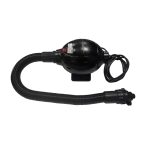 Arch Accessories
Arch Accessories Trade Show Accessories
Trade Show Accessories
